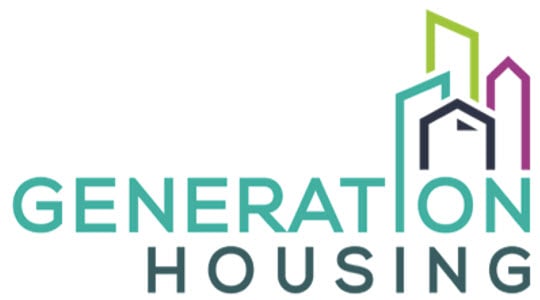In this month’s advocacy update, we’ll share with you recent developments regarding the Regional Housing Needs Allocation (RHNA, pronounced “Reena”) – a statewide process that will inform the amount of housing each of our local cities and towns will be expected to permit in the coming years. And a new data dashboard to help each of us better understand RHNA!
New State Housing Mandate Indicates Sonoma County and the Bay Area Will Need to Build Much More Housing
Every eight years, the State of California along with regional governments, counties, cities, and towns embark on a process to update their plans to accommodate the amount of housing that must be built in order to meet the needs of their residents. The process and the amount of housing that should be built is known as the Regional Housing Needs Allocation, or RHNA.
Generation Housing has been closely following the latest developments involving RHNA and its potential impacts on Sonoma County.
Why does this matter?
RHNA is how the state determines how much housing needs to be built to meet housing needs. Each city, town, and county must plan to meet the housing needs of their residents through regular updates to their Housing Element, which functions as each local government’s blueprint on housing. Moreover, recent state legislation has ramped up the pressure on local governments to meet their housing mandates. Cities and towns not meeting their housing goals are subject to laws that streamline the development process, namely for affordable housing, therefore bypassing the local oversight and community input process in an effort to expedite housing production in cities that are falling behind.
What do we know so far about the process?
- Currently, the regional governing body known as ABAG (Association of Bay Area Governments) has allocated 17,453 housing units to Sonoma County to be zoned for and permitted between 2023-2031. That’s a percent increase of 108% or more than double from the previous cycle between 2015-2022.
- These figures suggest that the demand for housing continues to increase and that we as a community should further embrace a pro-housing approach to ensure all of our neighbors and families have a home.
- The largest percent increase cycle-over-cycle has been for the Unincorporated County of Sonoma. Previously, the County was responsible for 515 homes. In this upcoming cycle, the number has gone up over 900% to 5,257 homes.
- We welcome more housing to meet the needs of residents, but where housing is located also matters. More housing in cities and towns rather than rural unincorporated areas should take priority. More on this below.
- Cities like Sebastopol, Healdsburg, Petaluma, and Sonoma have seen their tentative housing allocations also more than double from previous cycles.
What’s important to know about next steps?
These RHNA numbers are not final. ABAG (the regional governing body), which includes representatives from Sonoma County, will be receiving public comment over the next few weeks. They’ll have an updated draft allocation for cities and towns in the spring and plan to have a final determination by the end of 2021. That means we, as a community, have a chance to offer input and weigh in.
How is Generation Housing leading on this issue?
Generation Housing has communicated to ABAG its support of the housing methodology used to produce these numbers as they center housing in high-opportunity neighborhoods across the Bay Area, which aligns with Gen H’s efforts to support equity and inclusion. Notably, however, one area of concern that Gen H and our partners have identified is the exorbitant amount of housing allocated to the unincorporated area of Sonoma County. We have confidence that proper adjustments can and will be made on this front.
Gen H believes some of those homes currently allocated for the unincorporated areas of the county are best suited to be built within local cities and towns. Otherwise, current and future zoning and service capacity from the county will be severely challenged in attempting to meet such a high housing target. Gen H, along with local voters who have time and time again voted to approve urban growth boundaries to protect open space and compel growth within urban boundaries, would like to see more city-centered growth. We’re working to bring together partners to advocate for a fairer allocation of housing goals across all of our cities and towns that ensures housing actually gets built for our local families.
A new digital tool to better understand RHNA
Generation Housing has created a digital tool to help local residents better understand RHNA. The data dashboard, which you can find below, features data visualizations illustrating the amount of housing each city and town in Sonoma County has been expected to permit, how that’s going so far, and the amount of housing they’re expected to build in the coming years. You can visit the tool and we encourage you to share it with others!
Click here to access our RHNA tool!
Contact Jesús Guzmán, Policy and Advocacy Director, at jesus@generationhousing.org for more information and to learn about how to get involved.
